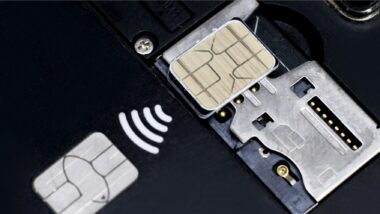We’ve been talking about the future of payments for several years now and the evidence suggests that we’re very close to the future already. In Europe, we’ve seen a rapid adoption of contactless payments, with there now being more contactless cards in circulation in the UK than people. France too has seen a positive response, with 20 million people using the service. And mobile payments are catching up fast.
It’s a no brainer really. The pace of modern life is frantic, particularly in major cities, and when our mobile phones barely leave our hands it’s naturally faster and more convenient to use them as our port of payment call. The stats suggest that mobile payments will have risen by 100% in the last year alone. So what’s next?
- Contactless payments will hit the mainstream as more infrastructure is deployed – At the moment it’s only those who can afford the latest NFC enabled smartphones or live in countries where contactless enabled bank cards are in use who can make use of contactless payments. Thankfully, EMV stickers are bringing contactless payments to those without either of these. They are embedded with a Secure Element and passive NFC circuitry into a postage-stamp-sized sticker, which can then be attached to the back of any mobile handset or item. Unlike the latest NFC phones, the stickers cost on average around $2.
- Wearable payments will become the norm – Wearable devices are still in their infancy, mainly due to the sheer cost, but over the next years they are set to become far more affordable as chips and sensors have become even cheaper. Some predict that they will supersede smartphones. An Australian tailor has already teamed up with Heritage Bank and Visa to create a contactless suit that allows the wearer to pay ‘invisibly’ with a wave of their hand. So it’s only a matter of time before, instead of living life from our phones, we’ll be using a watch or wristband to pay for our lunch, drinks and travel. After all, it’s even quicker to wave your wrist than it is to get your mobile phone out of your pocket.
- Paying with the blink of an eye – Thinking even further ahead; biometric technology will eliminate the need to carry a payment card, smartphone or a wearable by allowing users to authorize payments with a fingerprint, handprint, face or retina scan. Apple already enables fingerprint authorization for iTunes and App Store purchases on the iPhone 5s, and 6s, but it has yet to allow other developers to access the technology for third-party payment applications. It’s just a matter of time before we become the payment method, rather than our devices.
While all of these methods are exciting, and promise to make life simpler – reducing our need for “things” and instead placing the value in our selves – the need for watertight security will not diminish.
We often advocate the use of multi-factor authentication to ensure complete security. But with added security, comes added complexity. As a result, it’s crucial we ensure consumers always experience a balanced blend of security and convenience, and not too much focus on one or the other.
Do you think the balance is right? And what do you think the future of payments holds? Let us know your thoughts by tweeting to us @Gemalto. You can also read our collected thoughts on mobile payments in our latest report found here.


